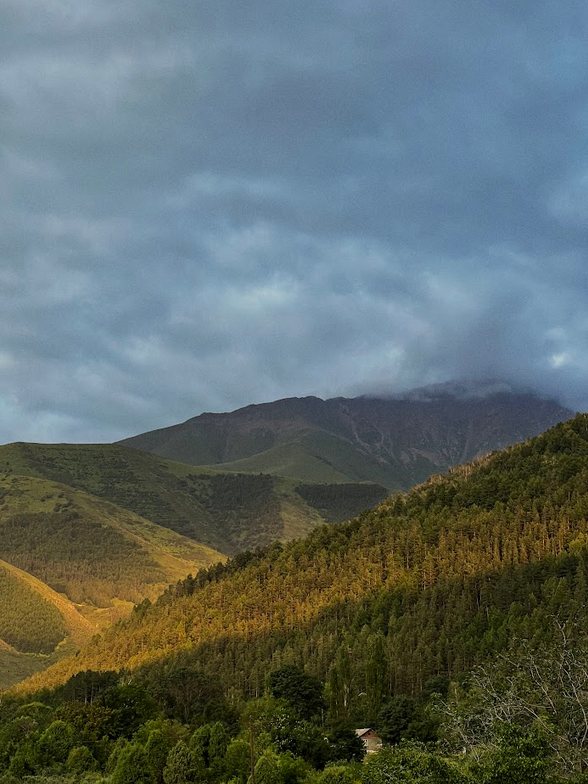Kyrgyzstan is an incredibly diverse country regarding its geography. This leads to a great variety not only in weather conditions between each season, but also between the different parts of the country.
While the capital city of Bishkek might buzz with heat during the summer, the nearby mountains sometimes offer less than half of those 40° Celsius – on the same day! This makes it important to understand the different conditions when preparing for a visit. Depending on your itinerary, your clothing may need to range from a swimsuit to a comfy parka.
Make sure to plan ahead when moving through the country. In the following parts we will provide you with some basic information about what to expect in each season.
Spring (March to May)
- Average Temperature: Spring sees a gradual increase in temperature, with averages ranging from 10°C to 20°C, but it can still be quite cool in March.
- Weather Conditions: This season is marked by unpredictable weather—sunny days may suddenly turn rainy or snowy, especially in the mountains. Bishkek begins to warm up, while higher altitudes experience melting snow and potentially muddy conditions.
- Regional Variations: In Bishkek, spring is mild and increasingly sunny, perfect for exploring the city. Around Issyk-Kul, the lake creates a milder climate, though nights can still be chilly. In the mountains, snow melt increases the risk of avalanches, making some areas less accessible.
- Clothing Recommendations: Layering is key. Pack warm layers, waterproof jackets, and sturdy shoes for potential rain and snow, especially if you’re heading into the mountains.
Summer (June to August)
- Average Temperature: Summer brings warmth across the country, with temperatures ranging from 25°C to 40°C, and occasionally even higher in lower altitudes.
- Weather Conditions: Summers are predominantly sunny and dry, especially in Bishkek and around Issyk-Kul. However, mountain regions can experience sudden rain- and thunderstorms.
- Regional Variations: Bishkek and the Issyk-Kul region enjoy warm, pleasant summers, ideal for beach activities and city explorations. Mountain areas are cooler, offering a respite from the heat and ideal conditions for hiking.
- Clothing Recommendations: Light, breathable clothing is suitable for Bishkek and Issyk-Kul. For mountain treks, bring a waterproof jacket and layers for cooler temperatures, especially for the evenings and night.
Autumn (September to November)
- Average Temperature: Autumn sees temperatures gradually decrease, from highs of 25°C in September to around 5°C by November.
- Weather Conditions: This season is known for its clear, sunny days, but cooler temperatures gradually set in, and there’s an increased chance of rain, especially in October.
- Regional Variations: Bishkek and Issyk-Kul enjoy mild and pleasant autumns, while the mountains see early snowfall, especially towards late autumn, transforming the landscape.
- Clothing Recommendations: Warm layers are essential, as temperatures can vary significantly. Include a waterproof jacket and good footwear for rainier days or early snow in the mountains.
Winter (December to February)
- Average Temperature: Winters are cold, with temperatures often below freezing, ranging from -10°C to 5°C, and colder in the mountains.
- Weather Conditions: Snow is common, particularly in the mountains, making it a popular season for winter sports. Bishkek and Issyk-Kul are colder and can have snow but are generally more manageable.
- Regional Variations: While Bishkek experiences a cold but often sunny winter, the mountain regions offer snowy landscapes perfect for skiing and snowboarding. Issyk-Kul’s climate is milder, thanks to the lake.
- Clothing Recommendations: Warm and insulated clothing is a must. Think thermal layers, waterproof outerwear, and snow boots, especially if you’re visiting mountainous areas or engaging in winter sports.

